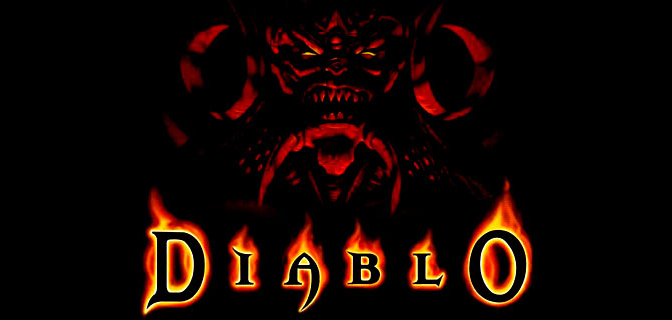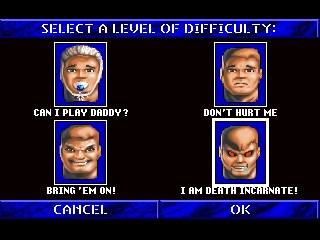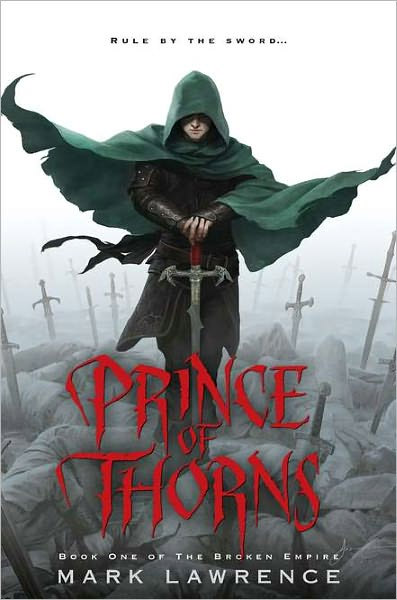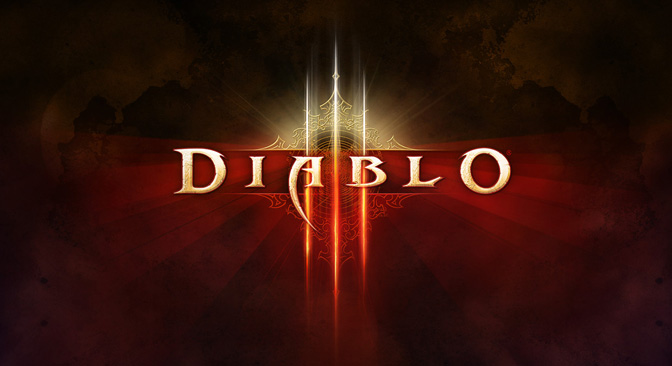
I was hoping to post some Diablo III impressions today. Instead, my entire experience with the game can be summed up with a simple meme. Actually, scratch that, I can log in, but my character (a monk) is booted from the server and unable to log back in. The 30 minutes I’ve spent with the game have come over 12-15 different sessions. Frustrating, and I’m not alone (but, unlike some trolls on the Internet, I have many other ways to occupy my time instead of stewing over a videogame.) So, in lieu of my own impressions, here’s a round-up of some of the review of Diablo III from around the web.
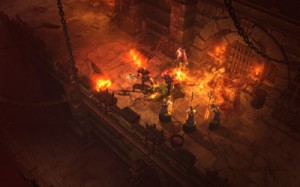 Mike Anderiesz, The Guardian:
Mike Anderiesz, The Guardian:
Once in the game, it’s clear that the new 3D engine has been put to work on rendering a level of detail we haven’t seen in the series before. Superb lighting effects make even Act 1’s formulaic dungeons seem more atmospheric, but once you reach Act 2’s Caldeum and beyond, more spectacular locations and draw distances emerge. Enemies may have a tendency to swarm mindlessly towards you, but they come in large numbers and reasonable variety.
Not every improvement pays off, however; there’s far too little destructible scenery and context-sensitive traps – such as falling chandeliers or rolling logs – sound like a great idea on paper but require such careful lining up of enemies you won’t be troubling with them after the first few attempts.
There’s improvement as well as innovation, particularly with the UI. With a permanent Portal spell to take you back to nearby towns and a much smarter way of choosing and comparing items, you can now focus on the important task of killing things.
[…]
So the key question remains, was Diablo 3 worth the 12-year wait? That depends on how you play it – for single players, it’s an entertaining and gorgeous-looking dungeon hack but it’s a bit short, extremely linear and hardly pushing any boundaries. Playing online (and Blizzard isn’t really giving us a choice) makes it a better balanced and more compelling challenge, with all the potential to be the kind of lifestyle substitute that Diablo’s legion of hunter-gatherer fans should relish.
